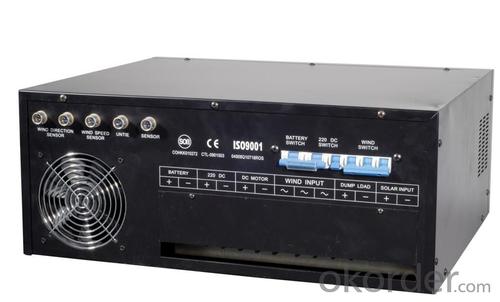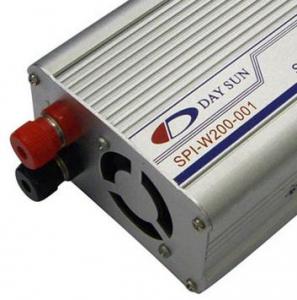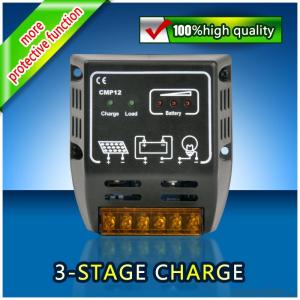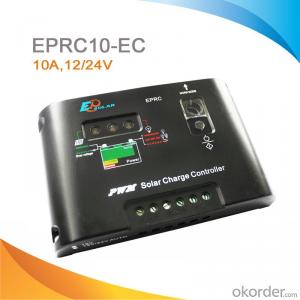High Quality Solar Controller Tracer-2210RN
- Loading Port:
- China Main Port
- Payment Terms:
- TT or L/C
- Min Order Qty:
- 1 unit unit
- Supply Capability:
- 1000 units per month unit/month
OKorder Service Pledge
OKorder Financial Service
You Might Also Like
Introduction of High Quality Solar Controller Tracer-2210RN
Tracer-2210RN solar controller is our new generation controller for off-grid solar system, such as street light, solar home system or small power station etc.Tracer-2210RN has LCD display, reliable battery charging, full electronic protection, programmable parameters and other features and powerful function.
Our factory is highly recognized by its business partners and clients all over the world and has obtained rapid development under the spirit of win-win .With Solar Controller Tracer-2210RN,We will carry on the mutual beneficial,innovative and revolutionary trading structure as we did before,create value for our employees,share holders and clients and benefit the whole society in our future development.Please contact us ,if you have interest in Solar Controller Tracer-1210RN,don’t hesitate!
Features of High Quality Solar Controller Tracer-2210RN
·MPPT technology
·Peak conversion efficiency of 97%
·High Tracking efficiency of 99%
·Several seconds tracking speed
·4-Stage charge with PWM output
·Nature convection cooling
·Full power output in ambient temperature up to 45 ℃
·Temperature compensation
·Sealed, Gel and Flooded battery option
·Widely used, automatically recognize day/night
·Diversified load control
·RJ45 interface &optional meter
·2 years warranty
·CE certificate
Electronic Protections of High Quality Solar Controller Tracer-1210RN
·Overheating
·Over discharging
·Over charging
·Load overload
·Load short circuit
·PV reverse polarity
·Battery reverse polarity
Data Sheet of High Quality Solar Controller Tracer-2210RN | |
Model | Tracer-2210RN |
Rated system voltage | 12/24V auto work |
Rated battery current | 20A |
Rated load current | 20A |
Max.battery voltage | 32V |
Max.PV open circuit voltage | 100VDC |
Max.PV input power | 12V 260W;24V 520W |
Self-consumption | <10mA(24V) |
Charge Circuit Voltage | <=0.26V |
Discharge Circuit Voltage Drop | <=0.15V |
Communication | TTL232/8 pin RJ45 |
Temp/compensation | -30mV/℃/12V(25℃) |
Working temperature | -35℃~+55℃ |
Storage temperature range | -35℃~+80℃ |
Humidity | 10%-90% NC |
Enclosure | IP 30 |
Altitude | <=3000m |
Dimension | 169mm *118 mm *83mm |
Mounting holes | 160mm *80 mm |
Mounting hole size | Φ5 |
Weight | 0.95kg |
Factory Picture of High Quality Solar Controller Tracer-2210RN
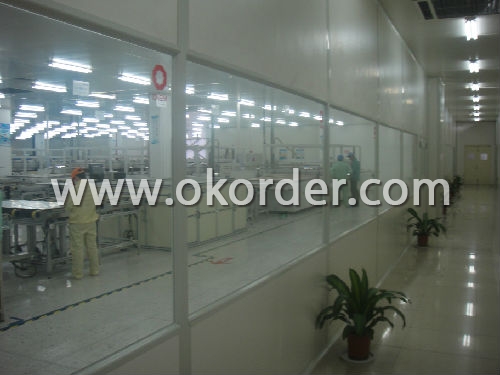
Package Picture of High Quality Solar Controller Tracer-2210RN
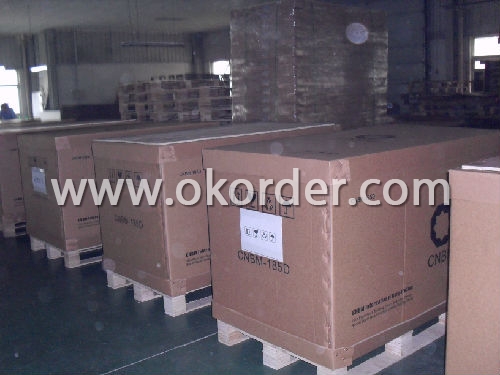
- Q: What is the maximum output voltage for a solar controller?
- The maximum output voltage for a solar controller typically depends on its design and specifications. However, in general, most solar controllers have a maximum output voltage of around 12 to 24 volts, which is commonly used for charging batteries in solar power systems.
- Q: Can a solar controller be used with a solar-powered agricultural system?
- Yes, a solar controller can be used with a solar-powered agricultural system. A solar controller helps regulate the charging and discharging of batteries in the system, ensuring optimal performance and prolonging battery life. It helps manage the flow of electricity from the solar panels to the agricultural equipment, allowing for efficient and reliable power distribution in the system.
- Q: Can a solar controller be used with a solar inverter?
- Yes, a solar controller can be used with a solar inverter. The solar controller regulates the charging of the batteries connected to the solar system, while the solar inverter converts the DC power from the batteries or solar panels into AC power to be used by household appliances. Both devices work together to optimize the efficiency and functionality of a solar power system.
- Q: Can a solar controller be used in a solar-powered electric motorbike racing system?
- Yes, a solar controller can be used in a solar-powered electric motorbike racing system. A solar controller is responsible for regulating the charging and discharging of batteries in a solar power system, ensuring optimum performance and protection. In a solar-powered electric motorbike racing system, the solar controller would manage the charging of the batteries using solar energy, allowing the motorbike to be powered by renewable energy sources.
- Q: Can a solar controller be used with a solar-powered water pumping system?
- Yes, a solar controller can be used with a solar-powered water pumping system. A solar controller helps regulate and optimize the flow of electricity from the solar panels to the water pump, ensuring efficient operation and protection against overcharging or excessive power loss.
- Q: Can a solar controller be used with solar panel awning mounts?
- Yes, a solar controller can be used with solar panel awning mounts. A solar controller is designed to regulate the charging and discharging of batteries in a solar power system. It ensures efficient power generation and protects the batteries from overcharging or deep discharging. Whether the solar panels are mounted on a roof, ground, or awning, the solar controller can be connected to the panels to manage the charging process effectively.
- Q: How does a solar controller handle battery low voltage protection?
- A solar controller handles battery low voltage protection by constantly monitoring the voltage level of the batteries connected to it. When the voltage drops below a certain threshold (typically around 11.5 to 11.8 volts), the controller automatically disconnects the load from the batteries to prevent further discharge. This helps to protect the batteries from over-discharge, which can cause damage and reduce their lifespan.
- Q: Can a solar controller be used with a solar-powered electric scooter charging station?
- Yes, a solar controller can be used with a solar-powered electric scooter charging station. A solar controller helps regulate the flow of electricity from solar panels to the charging station, ensuring optimal charging efficiency and preventing overcharging of the scooter's battery.
- Q: Can a solar controller be used with solar-powered backpacks?
- Yes, a solar controller can be used with solar-powered backpacks. A solar controller is responsible for regulating the voltage and current from the solar panels to ensure proper charging of the battery or device. In the case of solar-powered backpacks, a solar controller can be used to manage the energy flow from the solar panels to the battery or the electronic devices being charged. It helps prevent overcharging, overvoltage, or other potential issues that could damage the battery or the connected devices. Therefore, using a solar controller with solar-powered backpacks is highly recommended to optimize the charging process and ensure the longevity and safe operation of the system.
- Q: How do you prevent short-circuiting of solar panels with a solar controller?
- A solar controller helps prevent short-circuiting of solar panels by regulating the flow of electricity from the panels to the battery or load. It uses various protective mechanisms like overcurrent protection and overvoltage protection to ensure that the electrical output from the panels remains within safe limits. Additionally, many solar controllers also provide temperature compensation to prevent overheating and potential short-circuits.
1. Manufacturer Overview
| Location | Shenzhen,China |
| Year Established | 2009 |
| Annual Output Value | Above US$12 Million |
| Main Markets | Europe;North America;Afirca |
| Company Certifications | ISO 9001:2008;CQC;CE |
2. Manufacturer Certificates
| a) Certification Name | |
| Range | |
| Reference | |
| Validity Period |
3. Manufacturer Capability
| a) Trade Capacity | |
| Nearest Port | Shenzhen,China |
| Export Percentage | 0.6 |
| No.of Employees in Trade Department | 46 People |
| Language Spoken: | English;Chinese;Spanish |
| b) Factory Information | |
| Factory Size: | Above 300,00 square meters |
| No. of Production Lines | Above 4 |
| Contract Manufacturing | OEM Service Offered;Design Service Offered |
| Product Price Range | Average |
Send your message to us
High Quality Solar Controller Tracer-2210RN
- Loading Port:
- China Main Port
- Payment Terms:
- TT or L/C
- Min Order Qty:
- 1 unit unit
- Supply Capability:
- 1000 units per month unit/month
OKorder Service Pledge
OKorder Financial Service
Similar products
Hot products
Hot Searches
Related keywords



